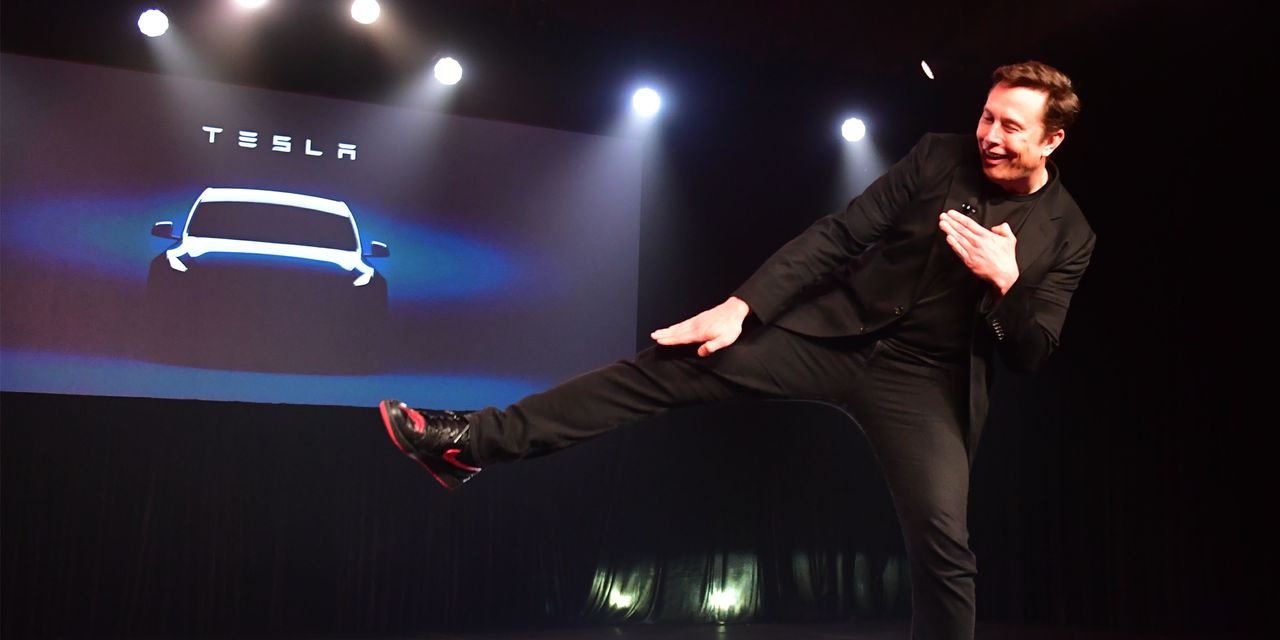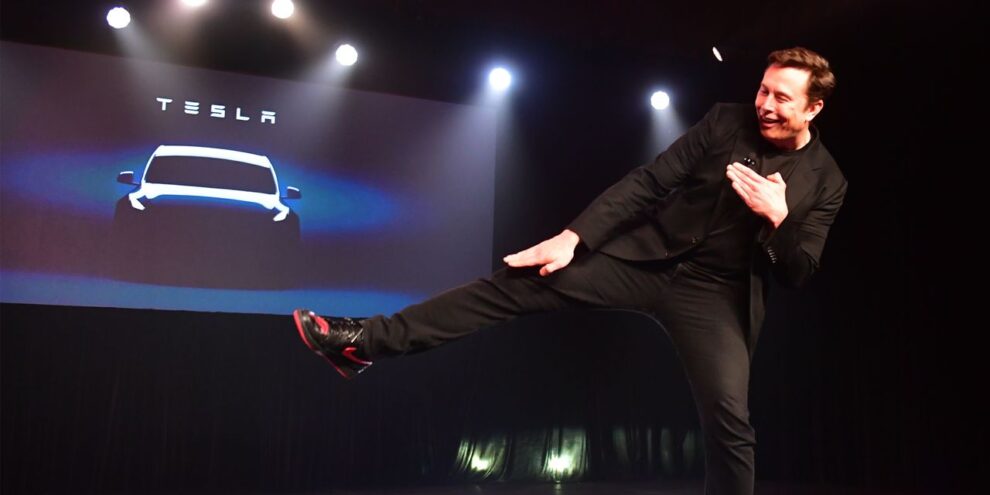
Europe overtook China in 2020 to become the world’s largest market for electric vehicles, amid a pedal-to-the-metal push to increase EV adoption from governments and supercharged demand from consumers.
The registrations of new electric vehicles topped 1.33 million in the key European markets last year, compared with 1.25 million in China, according to a report based on public data by automotive analyst Matthias Schmidt.
The 18 markets include the European Union states — minus 13 countries in Central and Eastern Europe — as well as the U.K., Norway, Iceland, and Switzerland.
And growth will only continue, according to Schmidt, who publishes the European Electric Car Report. He projects that electric vehicles’ share of the European car market will rise from 12.4% in 2020 to 15.5% in 2021 — that is 1.91 million vehicles out of a total of 12.3 million, and an increase of 572,000 from 2020.
Key trends have emerged as Europe races to become the most important region for EVs, highlighted in the report that Schmidt shared with MarketWatch.
Among them are that the Renault Zoe is now the most popular electric vehicle in Europe, overtaking Tesla’s Model 3, which took the top spot in 2019. In fact, Tesla’s success in Europe has declined across the board over the last year, with the U.S. company delivering 97,791 cars across the continent in 2020, down from 109,467 in 2019.
Here’s what you should know:
SUVs are leading the growth
When you think of environmentally-friendly vehicles, sport-utility vehicles and crossovers probably don’t spring to mind. But this class is by far the most popular type of battery-electric vehicle in Europe, representing 27% of all registrations in 2020 and 29% in December alone.
Hyundai 005380, +0.21% and Kia 000270, -1.67% led the pack, making up 39% of battery-electric SUV and crossover volumes in 2020.
SUVs and crossovers are even more popular with hybrid buyers — accounting for 53% of plug-in hybrid electric-vehicle volumes last year.
Luxury buyers prefer hybrids
When it comes to hybrids, better is best. Premium brands made up 58% of all plug-in hybrid electric-vehicles in 2020.
Many of those cars were supplied by the German automotive giants: Volkswagen Group VOW, -0.40%, which owns Audi and Porsche, Mercedes-Benz owner Daimler DAI, +0.46%, and BMW BMW, -0.19%.
There is a coming wave from China
As Chinese car makers increase efforts to meet market demand at home and abroad, they are looking at Europe.
The volume of electric vehicles in Europe that were made by Chinese companies grew 1290% from 2019 to 2020, to 23,800 units. Much of that momentum came only recently — half of those cars arrived in the final three months of the year.
As Europeans scrambled to buy electric vehicles, the flow of cars from China also included Teslas. In December, 20% of all Tesla TSLA, +5.83% models registered in Austria were manufactured in China.
Also read: Audi is betting on the luxury market in a new electric-vehicle venture with China’s oldest car maker
Government action is speeding up EV adoption
European car makers are being pushed to manufacture more electric vehicles by the threat of hundreds of millions of euros in fines from the European Union over binding emissions targets.
Phased in through 2020, and continuing into 2021, the fleetwide average emission target for new cars must be 95 grams carbon dioxide per kilometer, which is around 4.1 liters of gasoline per 100 kilometers.
In the wake of the post-Brexit trading agreement, the U.K. government said that the country’s car makers face emissions targets “at least as ambitious” as in the EU.
EV adoption is being pushed on both sides of the market, with governments stimulating demand by providing generous incentives for buyers to trade in their gas guzzlers.
In Germany, buyers can save up to €9,000 ($10,940) on purchases of new electric vehicles. France offered incentives of up to €7,000 in 2020, but will trim that down to €6,000 in 2021.
Regulation could hurt some bottom lines in the short-term
Volkswagen Group confirmed last week that it had not met the EU’s emissions targets for 2020, meaning that the company is on the hook for more than €100 million in fines.
Others could face the same fate, though rivals Daimler, BMW, Renault RNO, -0.58%, and Peugeot (now part of Stellantis STLA, +1.05% ) all say they met their targets.
“Despite very ambitious efforts in electrification, it has not been possible to meet the set fleet target in full. But Volkswagen is clearly well on its way,” said Rebecca Harms, a member of the independent Volkswagen Sustainability Council.
“The key to success will be to give a greater role to smaller, efficient and affordable models in the electrification rollout.”
It is unclear how easy that will be in 2021. The COVID-19 pandemic contributed to the fewest passenger-car registrations in Europe since 1985 and, according to Schmidt, this allowed a number of car makers to meet emissions targets.
Tesla is losing dominance
Tesla comfortably topped the European EV charts in 2019. It delivered more than 109,000 vehicles that year, making up 31% of the region’s battery electric-vehicle market.
But the tide turned in 2020, with Tesla dropping behind both the brands of Volkswagen Group, which had 24% market share, and the Renault–Nissan–Mitsubishi Alliance, with 19% market share. Last year, Tesla delivered nearly 98,000 vehicles and made up just 13% of the European market.
According to Schmidt, it was the introduction of emissions targets, and the specter of massive fines, that has accelerated European car makers’ battle against Tesla for dominance.
See also: Electric-car sales jump to record 54% market share in Norway in 2020 but Tesla loses top spot
“With 2021 getting even tougher — thanks to the phase-in year ending — Tesla will come under even more intense competition,” Schmidt said. “Come 2025 when the targets increase again, Tesla will certainly be playing against fully-fit opponents and will potentially struggle.”
However, Schmidt does note in his market outlook for 2021 that the opening of Tesla’s factory in Germany, expected to start production in the second half, is likely to double regional volumes next year.











Add Comment